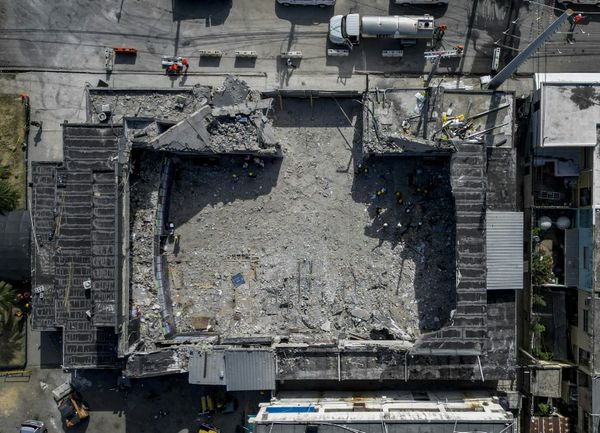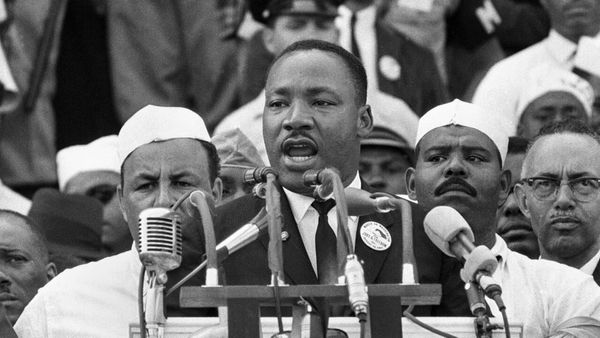
Alex Albon believes the habits which Carlos Sainz has brought to Williams can benefit the team rather than hinder performance despite the Spaniard taking time to adjust to life at Grove.
Sainz has been outperformed by Albon since making the winter switch from Ferrari and the one point he has registered so far came after a trio of disqualifications saw him promoted up the order at the Chinese Grand Prix.
Albon, meanwhile, has 18 points having secured top-10 finishes in the first three grand prix of the 2025 Formula 1 season, with Williams already eclipsing its total points haul from 2024.
Sainz has put his issues down to “the biggest challenge” an F1 driver faces, as he has to “relearn” how to approach corners in the FW47 - but Albon does not want his new team-mate to forget everything he picked up during four years at Ferrari.
"It's interesting to speak to Carlos about these things because these habits that he's learned, they're not necessarily bad habits from Ferrari. They're good habits to have, and it's trying to see if we can use them in our car,” he said ahead of this weekend’s Bahrain Grand Prix.
"At the minute, there are some corners like I spoke about, which we can't do, and he maybe has to default to a different driving style that he's used to. Inevitably, they're going to make the car quicker though.
"So, I think as a team we're very good at taking everything on board and understanding what he's saying and [it] might be a difficult solution to fix for this year, but for next year, have priorities in certain areas to have a better car for next year."

Sainz is not alone in wanting to develop more of an understanding of how to maximise the current William car. Albon may be enjoying a strong start to the campaign but is also seeking more knowledge in a quest to be quicker.
“To be quick with this car, it needs a certain set-up, and it's not always the most comfortable set-up," he explained.
"It was clear there's a couple of corners on each track that we go to that we are relatively weak, compared to the midfield. I think we're producing good downforce.
"We're just struggling with balance in a few corners, but to fix them corners means we normally have to compromise the rest of the lap, so it makes it quite a window that we are in most weekends.
"That's not new, and we've had that for many years. That's the trade that we make weekend to weekend, track to track. When there are less trades, like Melbourne, we're quick. When there are a bit more trades, like China, maybe we struggle a little bit more.
"I think a good example would be Japan. We were really weak in two corners around the lap, but on the rest of the lap, we're actually not far away from the top teams. But we can't get one without the other, so... That's been a main issue."
Autosport says…

When Albon speaks about "trades", he generally speaks of the compromises needed to set a car up for a range of corners.
In Australia, the majority of turns are short-apex corners, and thus the team can effectively operate its car across a smaller range of corner variations. In China, that's different; there's the long-radius opening corner, and the similarly long-radius turns through T7-8 and T12-13. But there's also a lot of tight, short-radius corners to prepare for too.
This means that the operating window needed for the car to work across all kinds of corners needs to be larger, something that the Williams doesn't necessarily have. The way Albon describes the car, it's like trying to take a photo of a building with a zoom lens; if the building is small, then it can fit perfectly in shot.
But if its features are spread out, the photo is less focused by choosing to fit the whole thing in. You can focus on the details, but then you lose entire parts in the photo - or, to end the tortured metaphor, you sacrifice corners that compromise the lap time more.
That's the way these current cars are; you can try to open the operating window to account for a greater range in corners, but that takes a lot of development...







